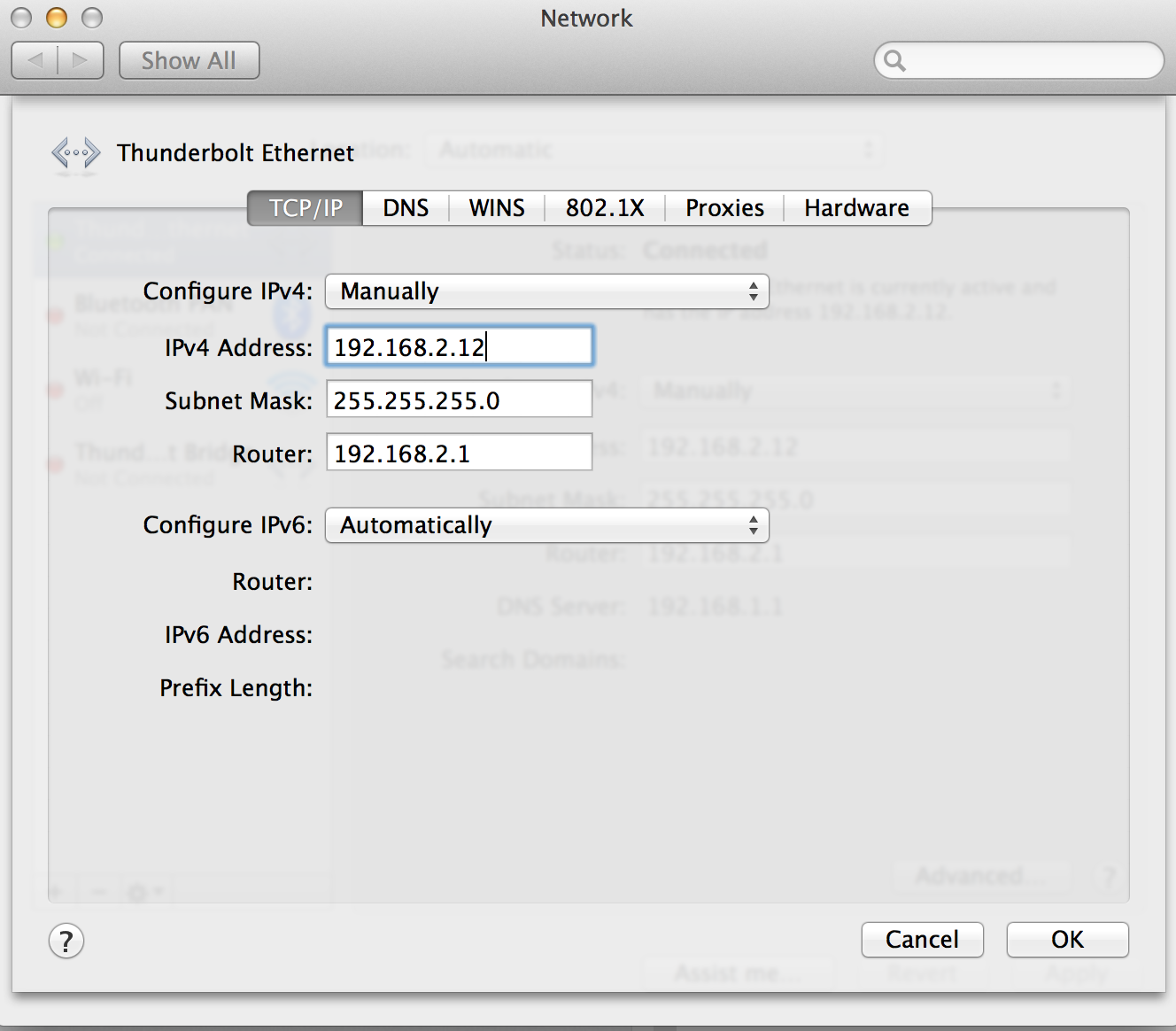

I tested the same hub on my Windows desktop machine, and it sometimes had the same issues there, so I figured it probably was just a hardware issue. I was able to see that via my switches’ LEDs and its control panel, but there was no indication to the operating system. It didn’t even tell you that, even if I forced it to 1000baseT in the macOS network preferences, it only ever negotiated 100baseTX. I didn’t notice that too much while browsing, but backups to my NAS, in-home streaming of games, … those applications really suffered. The Ethernet issues were particularly annoying because the hub sometimes decided to downgrade its Gigabit connection to 100baseTX. Eventually, I experienced frequent HDMI cut-outs, the Ethernet connection was unreliable, and ultimately, both hubs just… died. But anyway, surely, if I buy something that expensive from a brand even sold by Apple, I’ll get something good?

You’ll learn in a bit why I find that notable. Interestingly, Apple still sells one Satechi USB-C hub, but only one model without Ethernet. Not particularly cheap, but Satechi is a brand that was and still is sold on the official accessory store. Mid 2018, I paid around 90 euros each on Amazon. I bought two of them one for my desk and one for my cable pouch for mobile use. So, the first hub in my possession was a “Satechi” branded one. To vent my frustration, I want to share a little 1 rant with y’all! So let’s start. Unfortunately, since 2018, I’ve worked through three USB-C hubs, and they’re all kinda bad. Some even have fancy stuff like an SD card reader or a secondary audio output! And all of that over a single USB-C connection, which makes everything super comfortable if you frequently carry your laptop around your home, but you also have a desk with fixed devices set up. USB-C hubs are a great idea: not only do they usually offer a power supply pass-through, but they also allow you to plug in some USB devices, an ethernet cable, and maybe even a monitor. If I want to connect pretty much anything, I need some sort of adapter or some sort of hub. In fact, I’m writing this on an Apple MacBook Pro, and all I got was four lousy USB-C ports. I have one of those laptops lacking a lot of accessory ports. This fact will become clear later on, but I figured it’s worth highlighting that just in case somebody finds this text via their search engine of least distrust.

Just to start this off on a fun note: this article is not a review. I have an application server in our DMZ that will be using: would be the best route to provide a SSL certificate for it? Our company website () is hosted by a third party and has an SSL certificate -C hubs and my slow descent into madness
#Usb to ethernet mac address pro#
Snap! Chrome clipboard bug, private cellular, Win11 Start, IT Pro AI art, & more Spiceworks Originals.Kind of a re-hash of an old question (2012), I'm currently removing old kit from our racks & given some of it is now rapidly heading for 13 years + old & has only just been removed from service (Poweredge 2970 anybody?) I was wondering what the consensus. How Old is too Old (Servers, not staff -) Hardware.


 0 kommentar(er)
0 kommentar(er)
